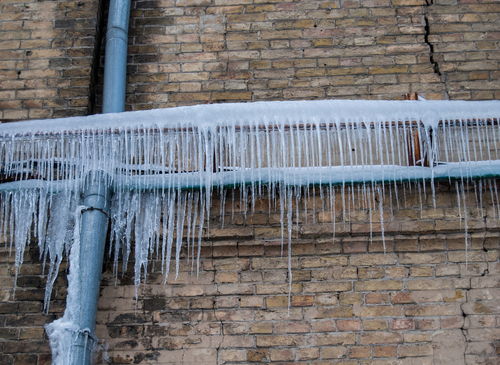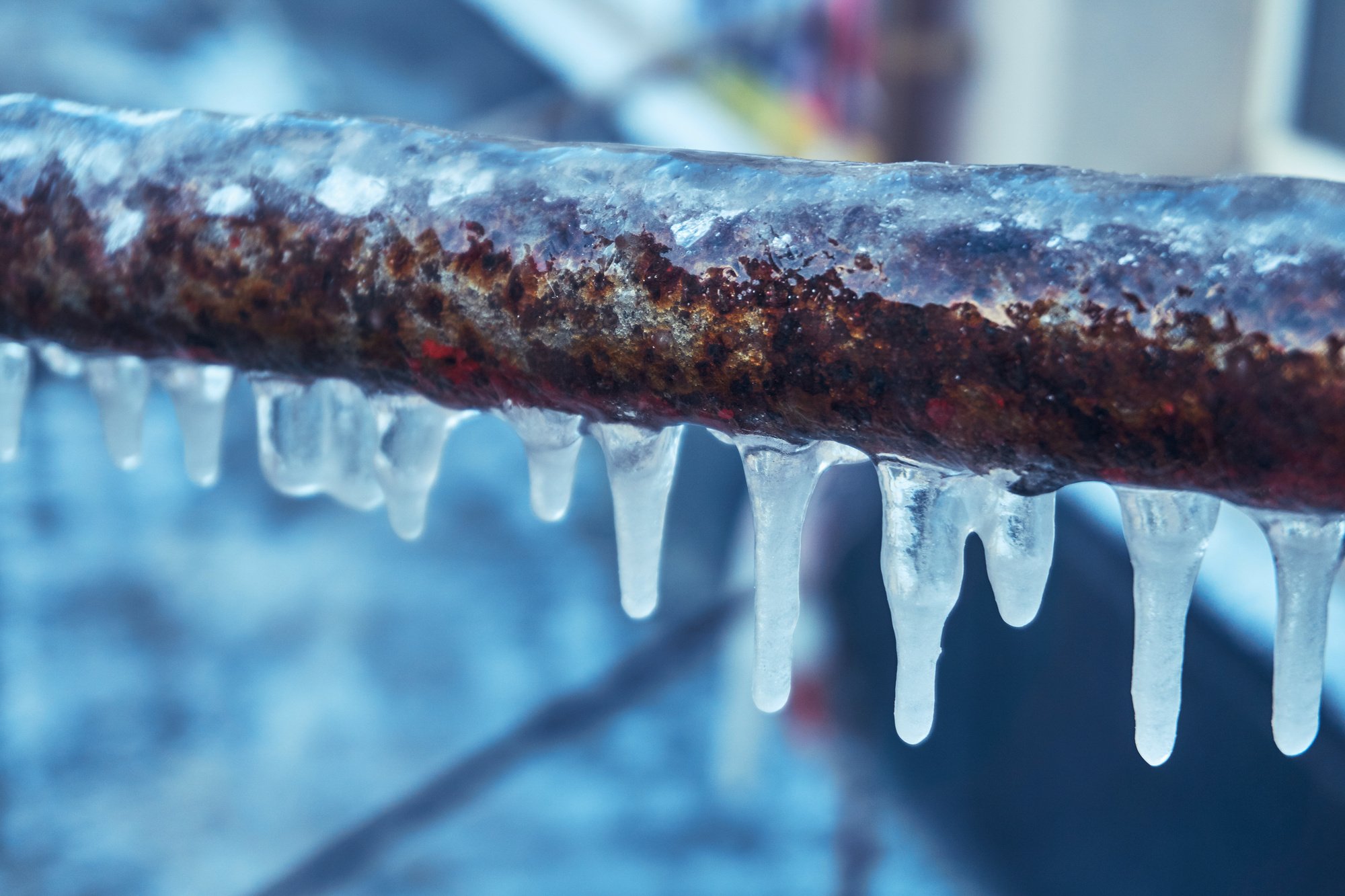Crucial Advice to Protect Against Frozen Plumbing in Winter
Crucial Advice to Protect Against Frozen Plumbing in Winter
Blog Article
We have stumbled upon the article pertaining to How To Avoid Freezing Pipes directly below on the internet and figured it made perfect sense to discuss it with you in this article.

Cold weather can ruin your pipes, particularly by freezing pipelines. Right here's how to stop it from happening and what to do if it does.
Intro
As temperature levels decrease, the threat of frozen pipelines increases, possibly leading to expensive repairs and water damage. Comprehending just how to prevent frozen pipelines is vital for homeowners in cool environments.
Understanding Icy Pipes
What creates pipelines to ice up?
Pipelines ice up when subjected to temperature levels below 32 ° F (0 ° C) for extended periods. As water inside the pipes ices up, it increases, putting pressure on the pipe walls and potentially causing them to rupture.
Threats and problems
Icy pipelines can lead to supply of water interruptions, property damages, and pricey fixings. Ruptured pipes can flooding homes and create substantial structural damages.
Indications of Frozen Pipeline
Identifying icy pipes early can stop them from rupturing.
How to recognize frozen pipes
Look for lowered water flow from taps, unusual odors or sounds from pipes, and noticeable frost on exposed pipelines.
Avoidance Tips
Insulating prone pipelines
Wrap pipes in insulation sleeves or make use of heat tape to secure them from freezing temperature levels. Focus on pipes in unheated or outside areas of the home.
Home heating strategies
Keep interior areas adequately heated, especially areas with plumbing. Open cabinet doors to allow cozy air to flow around pipes under sinks.
Securing Outdoor Pipes
Yard pipes and exterior faucets
Detach and drain pipes yard hoses before wintertime. Mount frost-proof faucets or cover outdoor faucets with protected caps.
What to Do If Your Pipes Freeze
Immediate activities to take
If you presume icy pipelines, maintain faucets open up to soothe pressure as the ice thaws. Utilize a hairdryer or towels soaked in hot water to thaw pipes gradually.
Long-Term Solutions
Architectural modifications
Think about rerouting pipes far from exterior wall surfaces or unheated locations. Add added insulation to attics, cellars, and crawl spaces.
Upgrading insulation
Invest in high-quality insulation for pipes, attic rooms, and walls. Appropriate insulation aids maintain constant temperature levels and reduces the danger of icy pipelines.
Verdict
Preventing frozen pipes calls for aggressive measures and quick reactions. By comprehending the causes, signs, and preventive measures, property owners can secure their plumbing during cold weather.
5 Ways to Prevent Frozen Pipes
Drain Outdoor Faucets and Disconnect Hoses
First, close the shut-off valve that controls the flow of water in the pipe to your outdoor faucet. Then, head outside to disconnect and drain your hose and open the outdoor faucet to allow the water to completely drain out of the line. Turn off the faucet when done. Finally, head back to the shut-off valve and drain the remaining water inside the pipe into a bucket or container. Additionally, if you have a home irrigation system, you should consider hiring an expert to clear the system of water each year.
Insulate Pipes
One of the best and most cost-effective methods for preventing frozen water pipes is to wrap your pipes with insulation. This is especially important for areas in your home that aren’t exposed to heat, such as an attic. We suggest using foam sleeves, which can typically be found at your local hardware store.
Keep Heat Running at 65
Your pipes are located inside your walls, and the temperature there is much colder than the rest of the house. To prevent your pipes from freezing, The Insurance Information Institute suggests that you keep your home heated to at least 65 degrees, even when traveling. You may want to invest in smart devices that can keep an eye on the temperature in your home while you’re away.
Leave Water Dripping
Moving water — even a small trickle — can prevent ice from forming inside your pipes. When freezing temps are imminent, start a drip of water from all faucets that serve exposed pipes. Leaving a few faucets running will also help relieve pressure inside the pipes and help prevent a rupture if the water inside freezes.
Open Cupboard Doors
Warm your kitchen and bathroom pipes by opening cupboards and vanities. You should also leave your interior doors ajar to help warm air circulate evenly throughout your home.

Do you like reading about Helpful Tips to Prevent Frozen Pipes this Winter? Put a review directly below. We'd be glad to hear your reactions about this blog. We are looking forward that you visit us again in the future. Sharing is nice. Who knows, you will be doing someone a favor. I am grateful for your time. Come back soon.
Request An Appointment Report this page